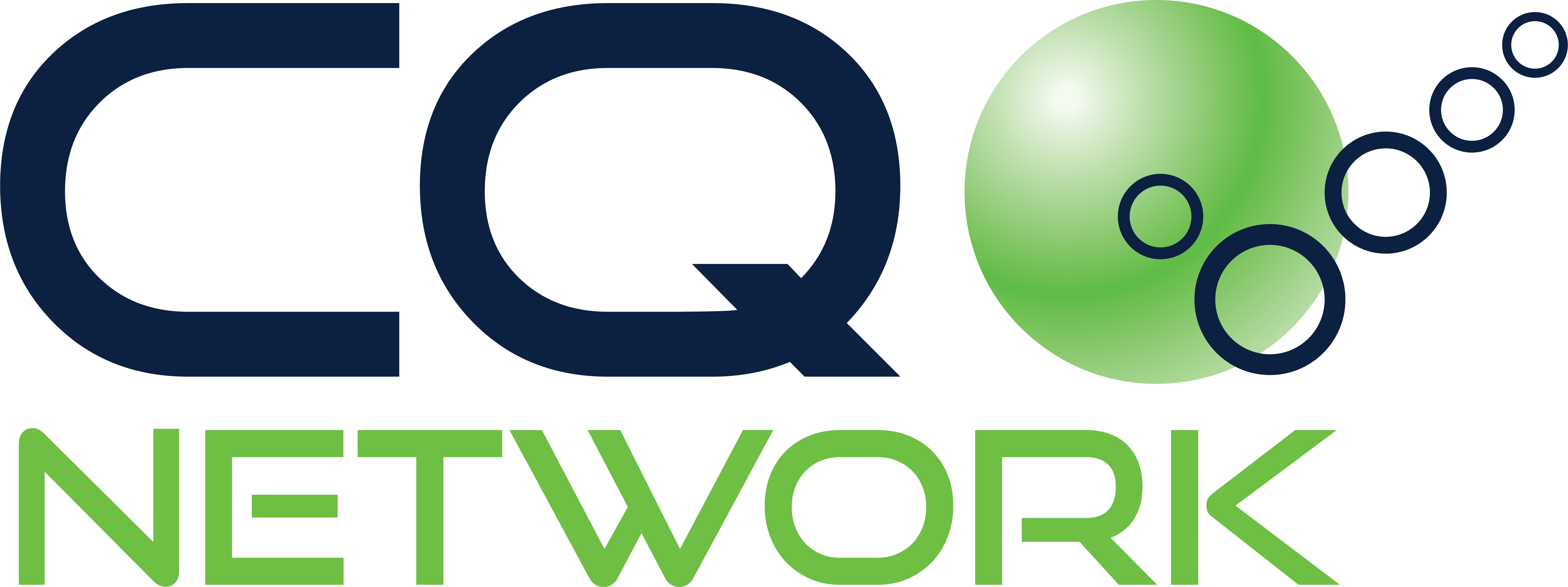
15 Jun ESG in High-Risk Industries
Incorporating environmental, social, and governance (ESG) into small and medium-sized businesses (SMBs) offers incredible business opportunities and profit by attracting socially conscious and impact investors. For instance, Canadian responsible investment is at $3.2 trillion annually (an increase of 48% since 2017). In the United States, ESG investing has increased five-fold to $17 trillion in 2020. Banks are also looking at a company’s ESG policies and performance before offering a loan. Businesses with ESG commitments are seen as less risky investments with higher resiliency and long-term vision. Not having an ESG policy is a deal-breaker for some investors and insurance agents.
Smaller businesses, especially, are at an advantage in transitioning to ESG practices as they are more agile and quick to make decisions than a bureaucratic firm. This adaptability allows small businesses to easily meet increasing regulatory requirements to decrease the industry’s carbon footprint. SMBs are also more involved in their communities than large corporations. Consequently, they have a strong brand reputation with their customers that can shift to a sustainable image more easily.
Some examples of ESG measures include: switching to digital receipts, using recyclable or compostable packaging, and improving energy efficiency. Look for suppliers who also have ESG practices such as fair trade. Make sure your employees receive a living wage and that your teams are diversified from people of all backgrounds.
While these changes are good for the environment, they also add value to businesses’ profitability, revenue growth, and a higher corporate evaluation.
In our article, we detail additional areas of improvement under each of the three categories of ESG: environment, social, and governance.
Read the full article: ESG in High-Risk Industries.
CQ Network Training provides online training solutions for purchasers and contractors in high-risk industries. We have compiled 20 years of contractor management best practices to benefit operations, supply chain professionals, and health and safety personnel. Find out more by following our CQN Training LinkedIn page.
Coming Soon: www.cqntraining.com.






Sorry, the comment form is closed at this time.